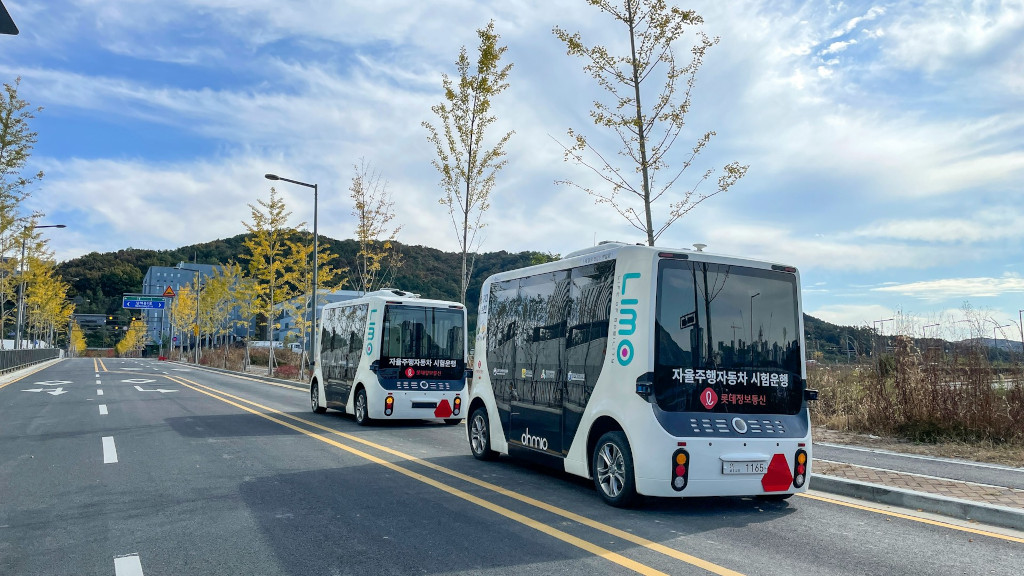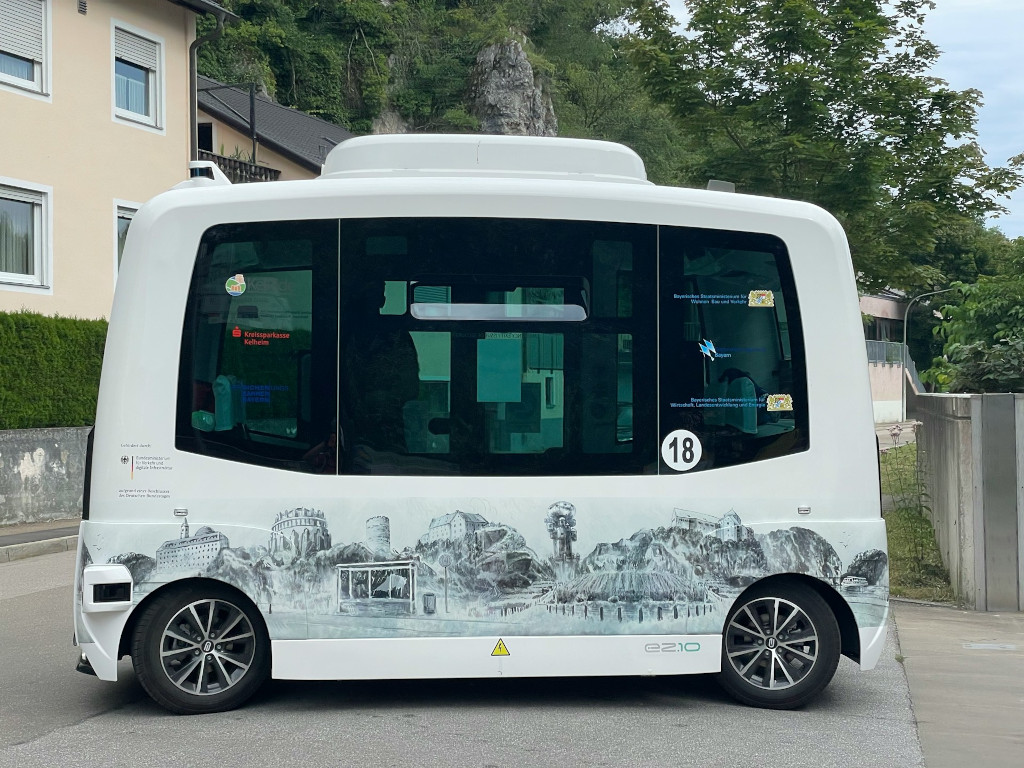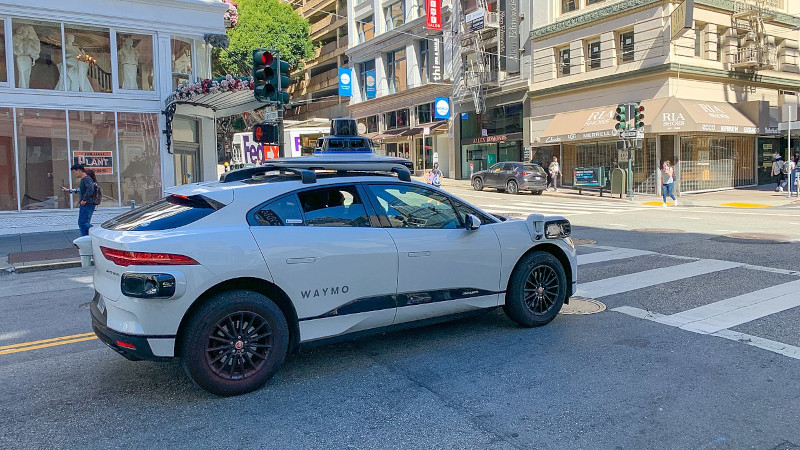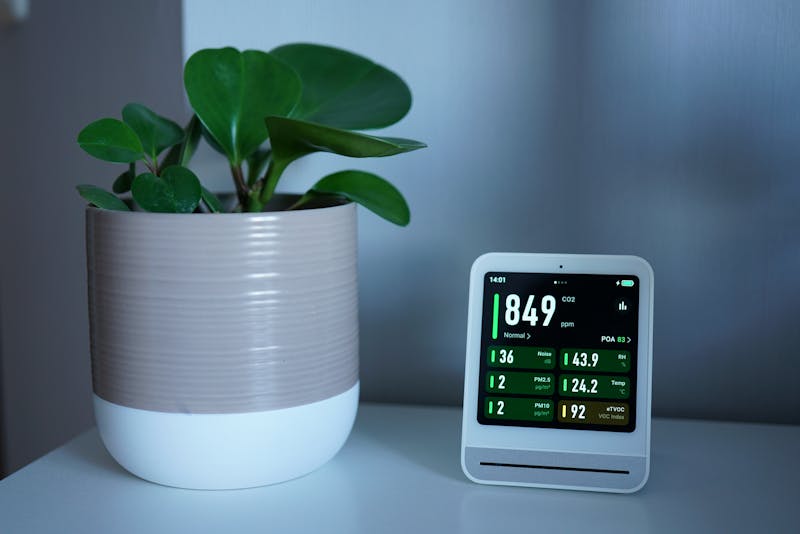Last Updated on August 27, 2025
The idea of summoning a driverless electric car with your phone used to sound like sci-fi. Not anymore. Autonomous electric vehicles (AEVs) are rolling out of test labs and onto a street near you, serving campuses, communities, and city centers alike. They’re no longer a future concept, they’re happening now.
While full-scale adoption is still in progress, we’re already seeing a wave of real-world use cases proving just how practical and promising this tech is. From robo-taxis to last-mile deliveries, let’s explore the compelling ways autonomous electric vehicles are being used today – and what they might mean for the future of transport, sustainability, and mobility.
What are Autonomous EVs?

Autonomous electric vehicles combine two transformative technologies, namely, electrification and self-driving systems. At their core, these vehicles run purely on electricity, replacing internal combustion engines with electric motors and batteries.
However, what truly sets them apart is their ability to navigate and operate with little to no human input, thanks to advanced autonomous technology.
Self-driving vehicles use a mix of sensors, lidar, radar, cameras, and cutting-edge AI-powered software to perceive and navigate their surroundings. This tech stack builds a 360-degree, real-time model of the vehicle’s environment. High-powered onboard processors analyze the data (traffic patterns, obstacles, pedestrians, signals, etc), and make split-second decisions on acceleration, braking, and steering.
Autonomous EVs are typically classified under SAE’s autonomy levels, ranging from Level 0 (no autonomy) to Level 5 (fully self-driving in all conditions).
Most consumer-facing self-driving EVs today operate around level 2 to 4, offering partial to high-level automation.
1. Redefining urban mobility with robo-taxis

Cities from San Francisco to Shanghai are experimenting with autonomous electric robo-taxis. Companies like Waymo and Baidu are leading the charge, offering driverless rides in designated urban zones.
Alphabet’s Waymo continues to lead in the U.S. robo-taxi market with its fully autonomous, electric Jaguar I-PACE vehicles. Its commercial service, Waymo One, operates in San Francisco, Phoenix, Los Angeles, and Austin, completing over 250,000 passenger trips weekly. The company has received regulatory approval to expand into other cities, with plans to launch services in Miami, Atlanta, and Washington, D.C., by next year.
Over in China, Baidu’s Apollo Go has achieved significant milestones, operating a fleet of more than 1000 autonomous EVs across 15 cities. In Q1 2025 alone, the service provided over 1.4 million rides, marking a 75% year-over-year increase. The company is also expanding internationally with testing already underway in Dubai and Abu Dhabi, and plans to launch services in Turkey and Switzerland later this year.
Why it matters: Robo-taxis could reduce the cost of urban mobility by eliminating the driver. They also run on electric power, which cuts emissions and could help cities meet their clean air goals.
2. Last-mile autonomous delivery vehicles
The boom in e-commerce has made last-mile delivery one of the biggest challenges (and opportunities) in logistics. With electric delivery bots and vans, that could be a thing of the past. In fact, the market is projected to grow from $632.3 million in 2024 to nearly $2 billion by 2030, with ground delivery vehicles leading in revenue and aerial drones emerging as the fastest growing segment.
Nuro, based in California, is one of the leaders with its R2 autonomous delivery pods. It has partnered with major retailers like Kroger and Walmart to facilitate contactless deliveries in urban areas. Another operator, Starship Technologies, operates a small fleet of self-driving robots that have completed over five million deliveries across various U.S. cities and university campuses.
Over in China, autonomous delivery vehicles are a common sight, especially with companies like Neolix. The company, based in Beijing, has deployed over 3,000 autonomous delivery EVs designed for urban logistics, capable of navigating city streets to deliver goods efficiently.
Their fleet is utilized in different ways, from delivering parcels and groceries to providing retail promotions.
Why it matters: These AEVs make deliveries more efficient, cost-effective, and sustainable, especially for urban and suburban neighborhoods.
3. Smart buses and public transport
Autonomous electric buses are starting to change public transportation by blending smart tech with clean energy. Smart autonomous buses are already operating in cities and transit systems around the world, offering safer, efficient, and eco-friendly alternatives to traditional diesel buses.
In cities like Stockholm, Berlin, and Singapore, smart electric buses with varying levels of autonomy are undergoing testing or limited development. These buses can operate fixed routes and adjust speed, braking, and lane positioning without human intervention.
One standout example is AB Dynamics’ collaboration with Stagecoach in the UK. They’ve trialed autonomous buses on public roads, including a 14-mile route in Scotland – the country’s first full-sized self-driving bus service. These smart buses can detect road conditions, traffic, and pedestrians in real-time, thanks to a mix of sensors and AI-driven systems.
In the U.S., New Flyer – a major bus manufacturer – is piloting autonomous tech in electric buses to enhance safety and improve route efficiency. The goal is to create “smart bus corridors” where buses can communicate with traffic signals and infrastructure, reducing delays and improving energy use.
Why it matters: The benefits are huge. From lower emissions and fewer traffic-related incidents to reduced operational costs over time. As cities push toward net-zero goals, these buses toward net-zero goals, these buses are shaping up as key players in the future of public transit.
So, what does the future hold?
We’re still in the early stages of autonomous electric vehicle adoption. Heck, even Musk’s robo-taxis haven’t hit the road yet. But the pace is picking up. According to McKinsey, the global autonomous vehicle market could be worth over $300 billion by 2030, with electrification playing a central role.
Combining autonomy with clean energy electrification doesn’t just enhance convenience; it addresses climate goals and improves quality of life in cities and rural areas alike.
These are just a small subset of use cases. There are many more, like the agricultural bots taking on farming, or the autonomous heavy-duty EVs revolutionizing port logistics. As the infrastructure and policy catch up, autonomous electric vehicles are likely to become a core feature of daily life – quieter, cleaner, and a lot smarter.


